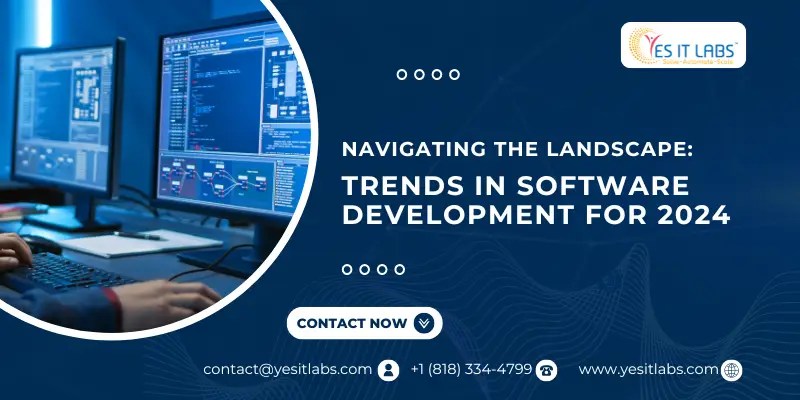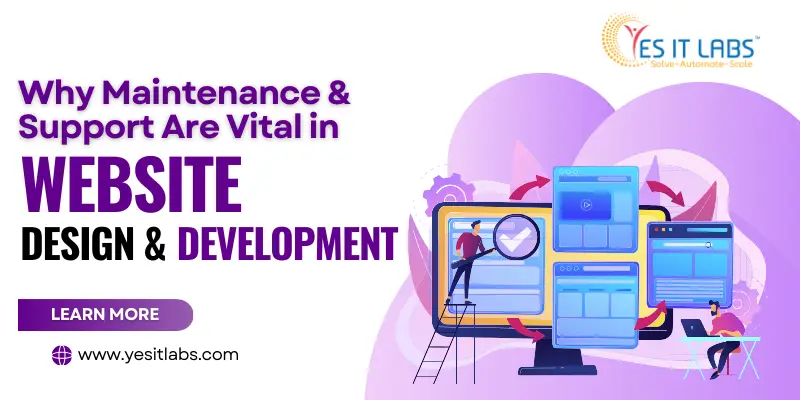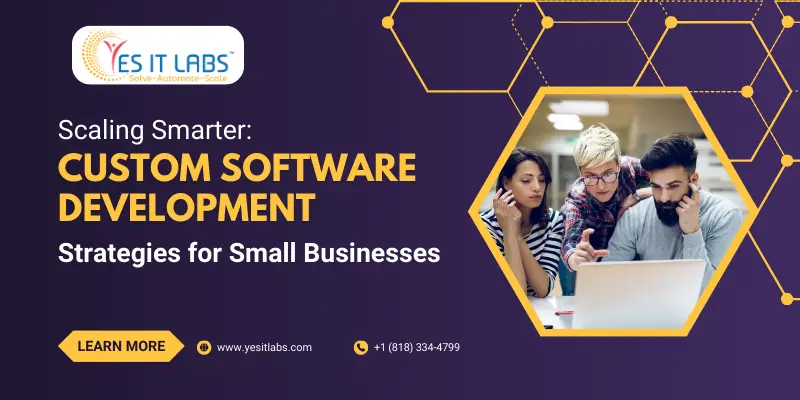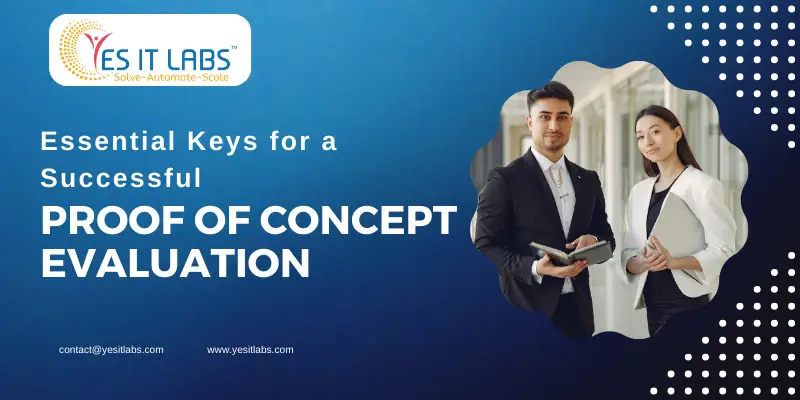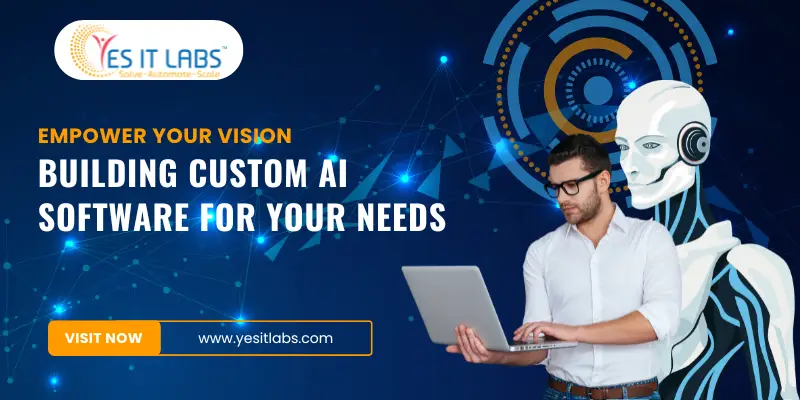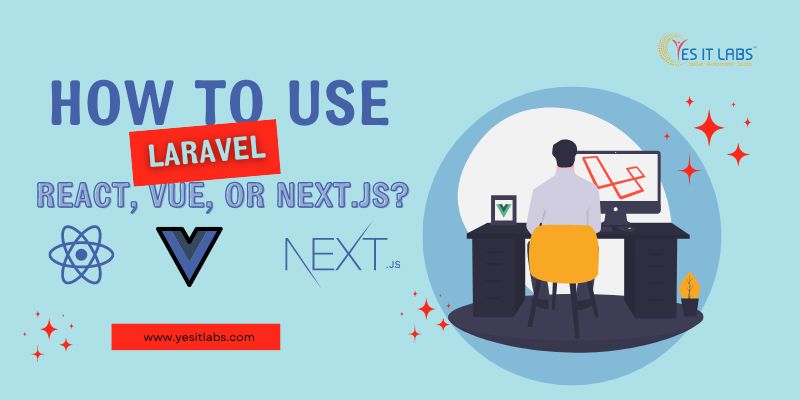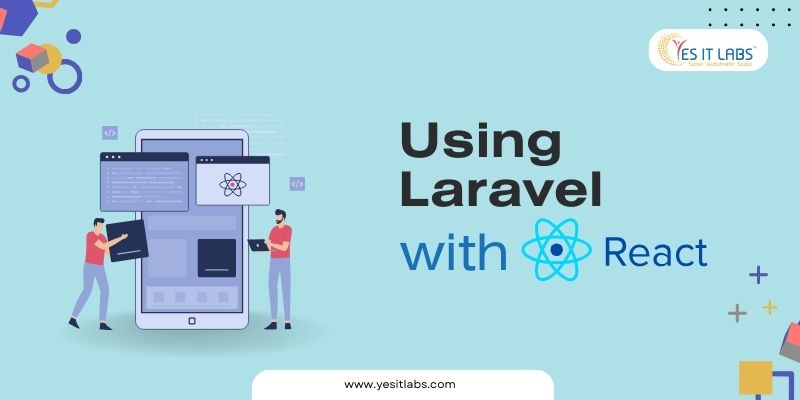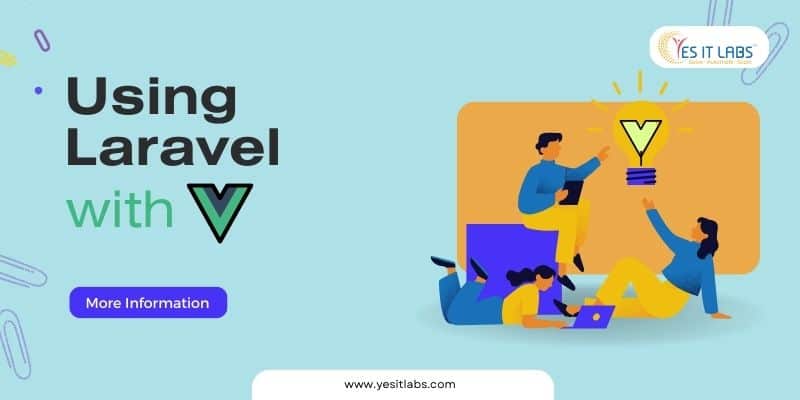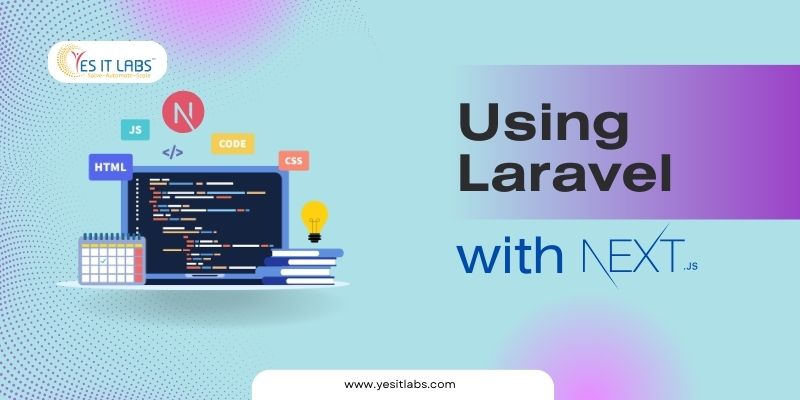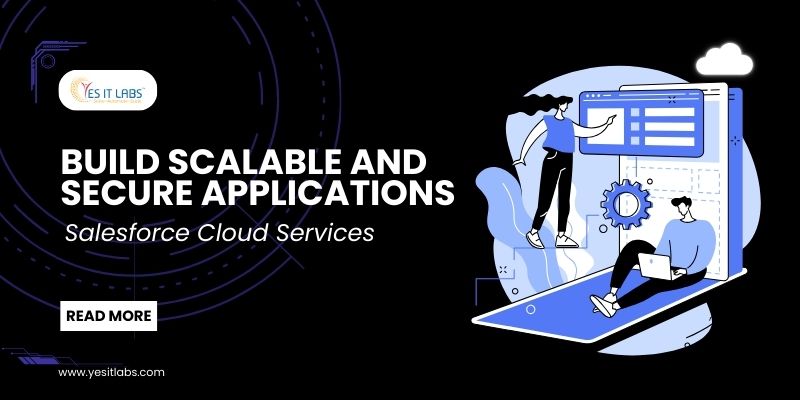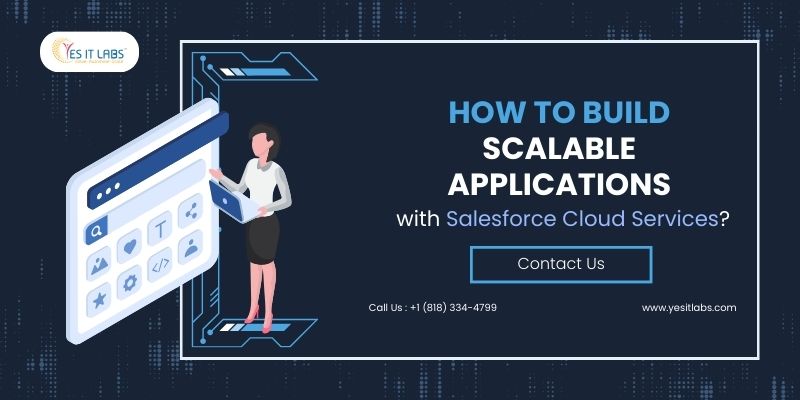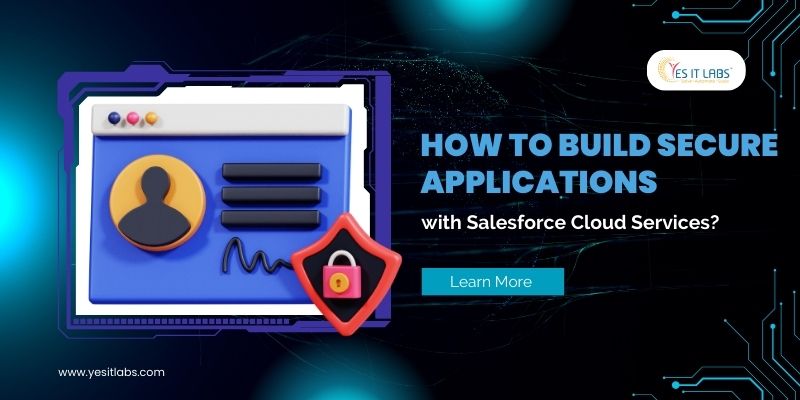
From Rockets to Robotics: Celebrating Independence Day with Tech Trends
As the United States prepares to commemorate its Independence Day, it’s a poignant moment to reflect on the extraordinary technological strides that have propelled the nation forward. From the majestic launches of rockets to the intricacies of robotics, let’s delve into the realms of innovation that define our journey.
Rockets: Reaching for the Stars
Recent Developments and Key Milestones:
Recent advancements in rocket technology have revolutionized space exploration. Elon Musk’s SpaceX, among other companies, pioneered the development of reusable rockets, significantly reducing the cost of access to space. This innovation has opened up opportunities for more frequent and cost-effective space missions, including satellite launches and crewed missions to the International Space Station (ISS). These advancements in rocket technology also have implications beyond space exploration, with applications in satellite deployment for telecommunications and Earth observation. For instance, a web development company could leverage satellite technology to expand internet access to remote regions, fostering connectivity and economic growth.
Robotics: Where Science Meets Imagination
Cutting-Edge Applications and Advancements in AI:
Robots are increasingly being deployed in diverse industries and applications. For example, in healthcare, robotic surgical systems enable minimally invasive procedures with enhanced precision and control, leading to faster recovery times and improved patient outcomes. In agriculture, autonomous drones equipped with sensors and AI algorithms monitor crop health, optimize irrigation, and enhance yield efficiency, contributing to sustainable food production. Advancements in artificial intelligence have empowered robots with advanced capabilities, such as learning from experience, recognizing patterns, and making decisions in real-time. Machine learning algorithms enable robots to adapt to dynamic environments and perform complex tasks with human-like dexterity. This convergence of robotics and AI is driving innovation across various sectors, from manufacturing and logistics to entertainment and hospitality. An IT consulting company could assist businesses in implementing robotic process automation (RPA) solutions to streamline workflows and enhance operational efficiency.
Cybersecurity: Safeguarding Our Digital Independence
Emerging Challenges and Government Initiatives:
The digital landscape is constantly evolving, presenting new challenges and threats to cybersecurity. Ransomware attacks, where cybercriminals encrypt sensitive data and demand payment for its release, have become increasingly prevalent and sophisticated. Similarly, data breaches pose significant risks to individuals, organizations, and critical infrastructure, highlighting the importance of proactive cybersecurity measures and incident response protocols. Governments around the world are prioritizing cybersecurity as a national security imperative. Initiatives such as the National Cyber Strategy in the United States aim to strengthen cybersecurity capabilities, enhance information sharing, and foster collaboration between government agencies, industry partners, and international allies. By investing in cybersecurity research, workforce development, and threat intelligence sharing, governments can mitigate cyber risks and safeguard digital sovereignty. An IT consulting company could provide expertise in cybersecurity risk management, helping organizations assess their security posture and implement robust defenses against cyber threats.
Green Tech: Independence from Fossil Fuels
Energy Storage Technologies and Policy Frameworks:
The integration of renewable energy sources like solar and wind into the grid requires efficient energy storage solutions to mitigate intermittency and ensure reliability. Battery storage systems, such as lithium-ion batteries, store excess energy generated during periods of high production and discharge it during times of high demand. Similarly, emerging technologies like pumped hydroelectric storage and grid-scale energy storage contribute to grid stability and resilience, enabling greater integration of renewable energy resources. Policy initiatives and investment frameworks play a crucial role in accelerating the transition to a low-carbon economy. Incentives such as tax credits, grants, and subsidies incentivize investments in renewable energy infrastructure and the adoption of clean energy technologies. Additionally, carbon pricing mechanisms and emissions trading schemes provide economic incentives for reducing greenhouse gas emissions and transitioning to renewable energy sources, driving innovation and market competitiveness in the green tech sector.
Biotechnology: Healing and Enhancing Lives
Gene Editing Technologies and Ethical Considerations:
Gene editing technologies like CRISPR-Cas9 have revolutionized the field of biomedicine, offering unprecedented precision and efficiency in modifying genetic material. Researchers are exploring applications of CRISPR in treating genetic disorders, such as sickle cell anemia and cystic fibrosis, by correcting disease-causing mutations at the DNA level. Moreover, CRISPR-based diagnostic tools enable rapid and accurate detection of pathogens, facilitating early intervention and disease management. As biotechnological advancements continue to accelerate, it is imperative to address ethical considerations and societal implications. Issues such as genetic privacy, equitable access to healthcare, and the potential misuse of biotechnologies raise complex ethical dilemmas that require careful deliberation and regulatory oversight. Ethical frameworks and guidelines can help ensure responsible innovation and equitable distribution of the benefits of biotechnology while minimizing potential risks and unintended consequences. An IT consulting company in USA specializing in healthcare technology could provide guidance on the ethical and regulatory aspects of implementing gene editing technologies in clinical settings, ensuring compliance with industry standards and patient privacy laws.
Conclusion: A Technological Symphony of Freedom
As we come together in celebration, let’s not only reminisce about the triumphs of the past but also embrace the promise of the future. Our independence finds resonance in the tapestry of technological marvels—the rockets that traverse celestial frontiers, the robots that augment our capabilities, and the sustainable innovations that nurture our planet. This Independence Day, let’s herald a future where technology serves as a beacon of freedom, guiding us towards a destiny defined by progress and prosperity. Together, let us continue to harness the power of innovation to build a brighter, more resilient future for generations to come.
Tags: Celebrate Independence Day with Tech Trends, Celebrating Independence Day with Tech Trends, From Rockets to Robotics, Independence Day in USA, it consultancy in usa, IT consulting company, IT consulting company in USA, it consulting company usa, it consulting services usa, it consulting solution, it consulting solutions in usa, Tech trends in USA, web app development company usa, web application development company usa, web application development services in usa, website development company usa

